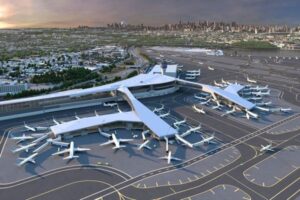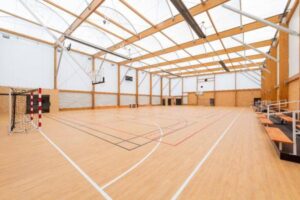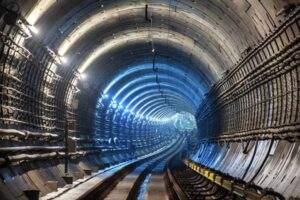How Do Building Material Tests Contribute to Airport Construction?
Airports are among the most demanding infrastructure projects, where safety, performance, and durability must be non-negotiable1. Every material—from runway asphalt to structural steel—must withstand extreme stress, environmental exposure, and continuous usage2. This is where building material tests come in. Through rigorous evaluation, they ensure the resilience, safety, and efficiency3 of airport facilities. Here’s how.
High-Load Bearing Capacity Testing of Runway Materials
Airport runways must handle the enormous weight of landing aircraft—some weighing over 500 tons4—while enduring repeated impacts and harsh weather. Materials used in runway construction must be tested for load-bearing capacity5, fatigue resistance6, and deformation under stress.
Ключевые тесты:
- Compressive Strength (ASTM C39): For concrete runways to withstand direct load.
- Marshall Stability and Flow Test (ASTM D6927): For asphalt to assess load resistance.
- Repeated Load Triaxial Testing (AASHTO T307): Simulates long-term aircraft wheel loads.
- Modulus of Elasticity and Creep: Evaluates long-term deformation under static load.
| Материал | Метод испытаний | Цель |
|---|---|---|
| Runway concrete | Compressive & modulus tests | Prevent cracking and settlement |
| Asphalt pavement | Marshall & rutting tests | Ensure stable surfaces under repeated wheel load |
| Subbase materials | CBR and triaxial strength | Prevent structural fatigue over time |
These tests ensure that runways stay strong and smooth, even after thousands of takeoffs and landings each year.
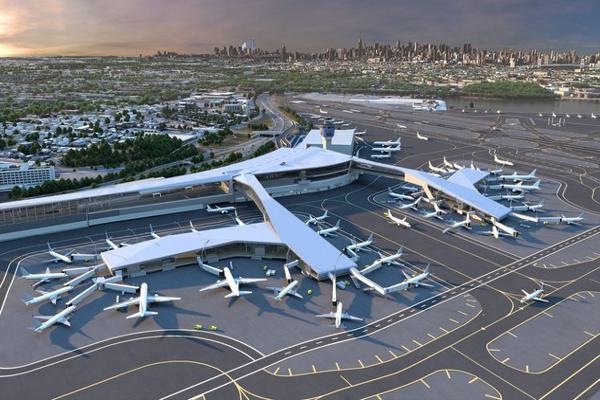
Skid-Resistance Testing of Airport Pavement Surfaces
Skid resistance is essential for aircraft braking, especially during landing on wet or contaminated surfaces. Testing ensures that runway materials maintain high friction levels under all conditions.
Friction Testing Standards:
- British Pendulum Test (ASTM E303 / EN 13036-4): Evaluates surface friction on wet pavement.
- Continuous Friction Measuring Equipment (CFME): Measures real-time surface grip along runway length.
- Texture Depth Measurement (Sand Patch Method – ASTM E965): Assesses surface macrotexture contributing to friction.
- Skid Number (ASTM E274): Uses a locked-wheel skid trailer for real-world friction values.
| Surface Type | Test Applied | Operational Role |
|---|---|---|
| Grooved asphalt | Skid resistance and texture tests | Prevents hydroplaning during rainy conditions |
| Concrete pavement | CFME and pendulum tests | Ensures safe braking distances |
| Taxiways and aprons | Spot friction evaluation | Reduces aircraft slippage during maneuvers |
These tests are vital for maintaining safe runway performance in all weather and emergency scenarios.
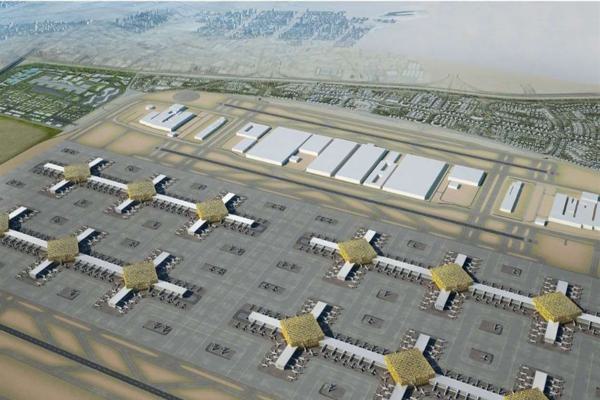
Sound-Insulation Testing of Airport Terminal Materials
Airports are high-noise environments. Inside terminals, acoustic comfort is essential for passenger well-being, communication clarity, and operational efficiency. Testing is used to select and verify sound-insulating materials for walls, ceilings, partitions, and glazing.
Acoustic Testing Methods:
- Sound Transmission Class (STC – ASTM E90): Measures how well materials block airborne noise.
- Impact Insulation Class (IIC – ASTM E492): Evaluates impact sound insulation, useful in upper floor lounges or offices.
- Noise Reduction Coefficient (NRC – ASTM C423): Rates how well materials absorb echo and reverberation.
- Facade Sound Insulation (ISO 140-5): Applied to windows and curtain walls.
| Материал | Тестовый фокус | Application Area |
|---|---|---|
| Acoustic ceiling tiles | NRC and STC | Reduces echo in passenger halls |
| Partition panels | Sound transmission loss | Improves privacy in lounges and offices |
| Laminated glazing | Exterior noise attenuation | Blocks jet engine noise inside terminal |
These tests help create calm, efficient, and passenger-friendly environments inside bustling airport terminals.
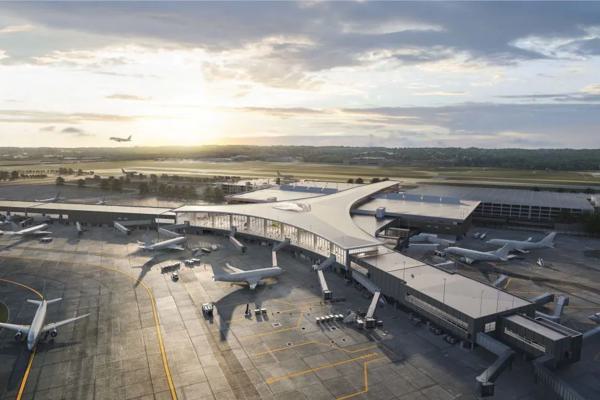
Anti-Corrosion Testing of Airport Structural Steel Components
Airport structures—such as hangars, terminals, jet bridges, and control towers—often operate in humid, coastal, or polluted environments, making corrosion a significant threat. Testing ensures that steel components maintain structural integrity and aesthetic quality over time.
Corrosion Resistance Tests:
- Salt Spray Test (ASTM B117): Accelerates corrosion in coatings and galvanized steel.
- Electrochemical Impedance Spectroscopy (EIS): Measures corrosion rate in real-time.
- Coating Adhesion (ASTM D3359): Ensures paint systems remain bonded under stress.
- Weathering Exposure (ASTM G154): Simulates long-term outdoor UV and moisture exposure.
| Steel Component | Тип теста | Purpose in Airport Settings |
|---|---|---|
| Terminal support beams | Salt spray and adhesion tests | Ensures safety in humid, coastal locations |
| Jet bridge structures | Coating weatherability tests | Prevents degradation from frequent use |
| Roof trusses | Accelerated weathering | Preserves strength during environmental shifts |
Anti-corrosion testing helps ensure that airport structures remain safe, low-maintenance, and visually clean, even after years of exposure.
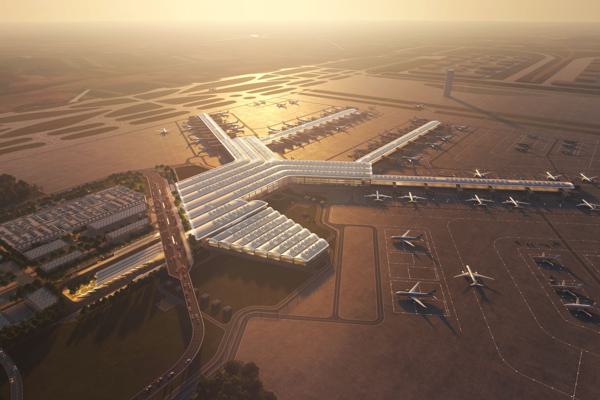
Заключение
From runways to rooftops, every corner of an airport depends on building materials that meet the highest standards7. Through rigorous testing for strength, safety, acoustics, and durability, engineers and designers ensure that airports are not only efficient transport hubs—but also safe, sustainable, and comfortable environments8 for millions of travelers each year.
-
Understanding these factors is crucial for ensuring the success and reliability of airport construction projects. ↩
-
This resource will provide insights into the challenges airports face and how they are engineered to endure them. ↩
-
Exploring this topic will reveal the importance of testing in maintaining high standards for airport operations. ↩
-
Understanding the weight limits helps in designing safer and more efficient runways, ensuring they can handle heavy aircraft. ↩
-
Exploring this topic reveals the engineering standards and tests that ensure runway safety and durability. ↩
-
Learning about fatigue resistance can provide insights into how materials are chosen for longevity and safety in aviation. ↩
-
Discover the essential building materials that ensure safety and durability in airport construction, crucial for efficient transport hubs. ↩
-
Learn about innovative practices and designs that make airports safe and comfortable for millions of travelers every year. ↩

